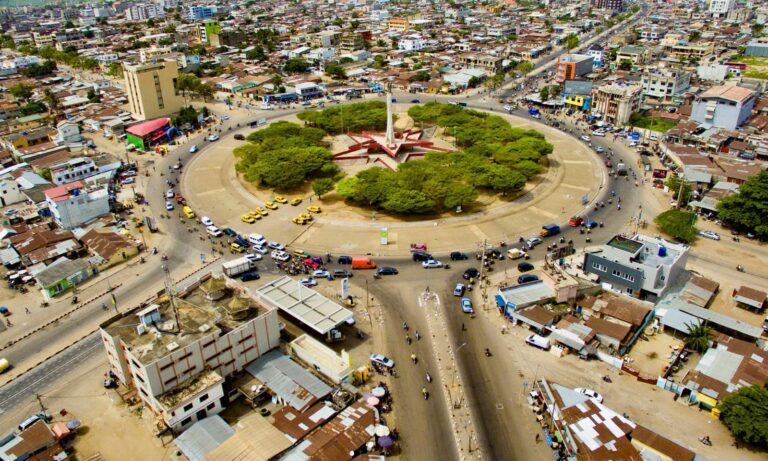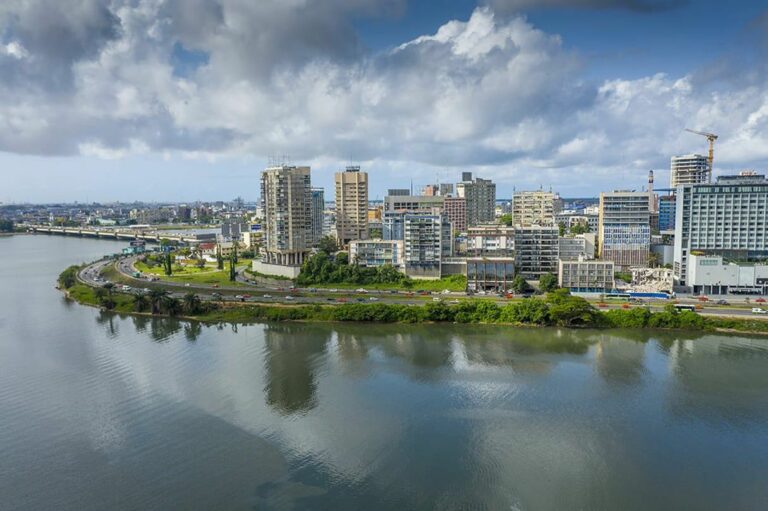Earthquakes are among the most awe-inspiring and destructive natural phenomena on Earth. These sudden tremors, caused by the release of energy from the Earth’s crust, can reshape landscapes, devastate communities, and remind us of the dynamic forces beneath our feet. This article explores the science behind earthquakes, their impacts, and how societies can prepare for them.
What Causes Earthquakes?
Earthquakes occur due to the movement of tectonic plates—massive slabs of rock that make up the Earth’s lithosphere. These plates constantly shift, albeit slowly, driven by heat from the planet’s core. When stress builds up along fault lines (cracks between plates) and exceeds the strength of the rocks, the energy is released in the form of seismic waves, causing the ground to shake.
– Tectonic Earthquakes: The most common type, occurring at plate boundaries (e.g., the Pacific Ring of Fire).
– Volcanic Earthquakes: Triggered by magma movement beneath volcanoes.
– Human-Induced Earthquakes: Activities like mining, reservoir construction, or fracking can destabilize the crust.
Measuring Earthquakes
Scientists use seismometers to detect and measure earthquakes. Two key scales quantify their power:
- Richter Scale: Measures the energy released (magnitude). Each whole number increase represents a tenfold jump in amplitude.
- Moment Magnitude Scale (Mw): More accurate for large quakes, it accounts on the area of the fault that slipped.
- Modified Mercalli Intensity Scale: Rates shaking intensity and damage (I to XII) based on observed effects.
The largest recorded earthquake was the 1960 Valdivia quake in Chile (magnitude 9.5), while the 2004 Indian Ocean earthquake (magnitude 9.1) unleashed a catastrophic tsunami.
Impacts of Earthquakes
The consequences of earthquakes can be profound:
– Structural Damage: Collapsed buildings, bridges, and infrastructure.
– Tsunamis: Underwater quakes displace ocean water, creating deadly waves.
– Landslides and Liquefaction: Shaking can destabilize slopes and turn soil into liquid.
– Fires: Broken gas lines and electrical sparks often ignite blazes.
– Human Toll: Loss of life, injuries, displacement, and long-term economic hardship.
For example, the 2011 Tōhoku earthquake in Japan caused over 15,000 deaths and triggered a nuclear disaster at Fukushima.
Preparedness and Mitigation
While earthquakes cannot be prevented, their risks can be reduced:
– Building Codes: Earthquake-resistant designs (e.g., flexible foundations, reinforced structures) save lives : Countries like Japan and Mexico use sensors to alert citizens seconds before shaking arrives.
– Public Education : Drills, emergency kits, and evacuation plans improve community resilience.
– International Cooperation : Organizations like the UN and Red Cross coordinate disaster response and recovery.
Earthquakes are a stark reminder of Earth’s ever-changing geology. By understanding their causes, improving technology, and fostering preparedness, humanity can mitigate their devastating effects. As populations grow in seismically active regions, the lessons learned from past quakes will be vital in safeguarding our future.
From ancient myths to modern science, earthquakes continue to captivate and challenge us—proving that even in our advanced age, nature’s power remains unmatched.
Try Transfergratis today and optimize your international financial flows! The Plateforme Transfergratis is a free, fast, and secure money transfer service from Canada to Africa. Download the app on the Play Store or App Store.









